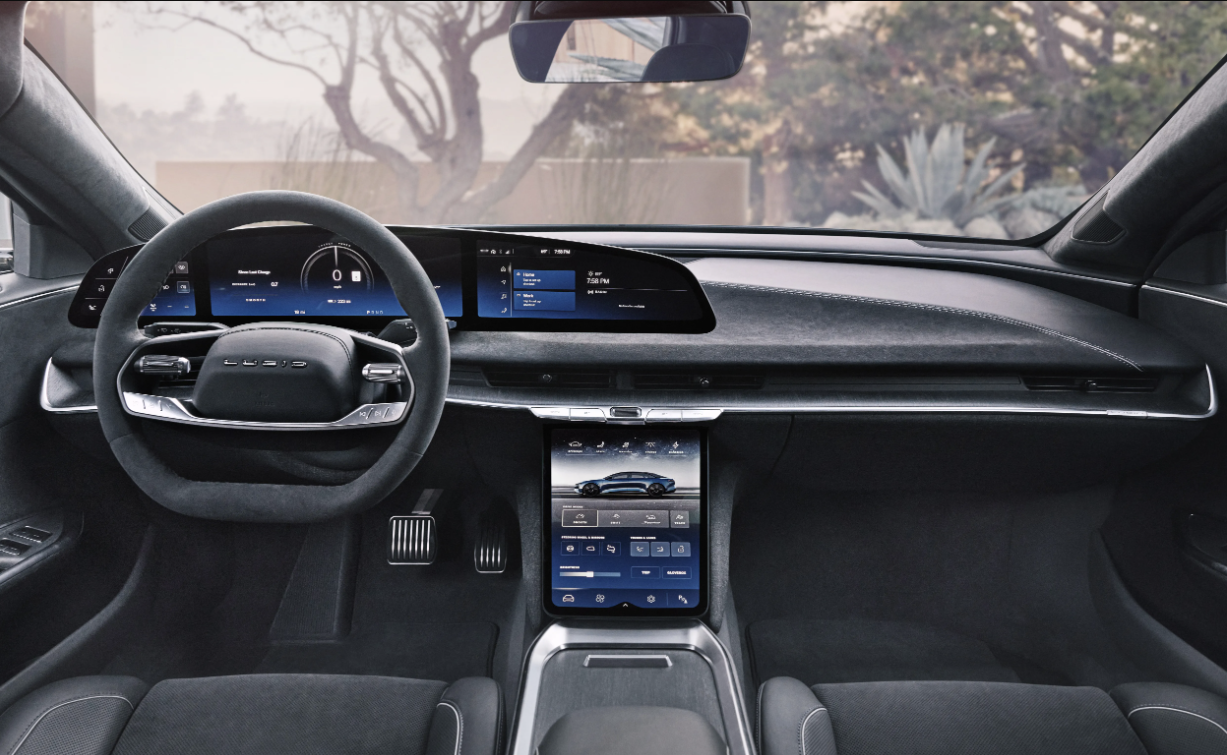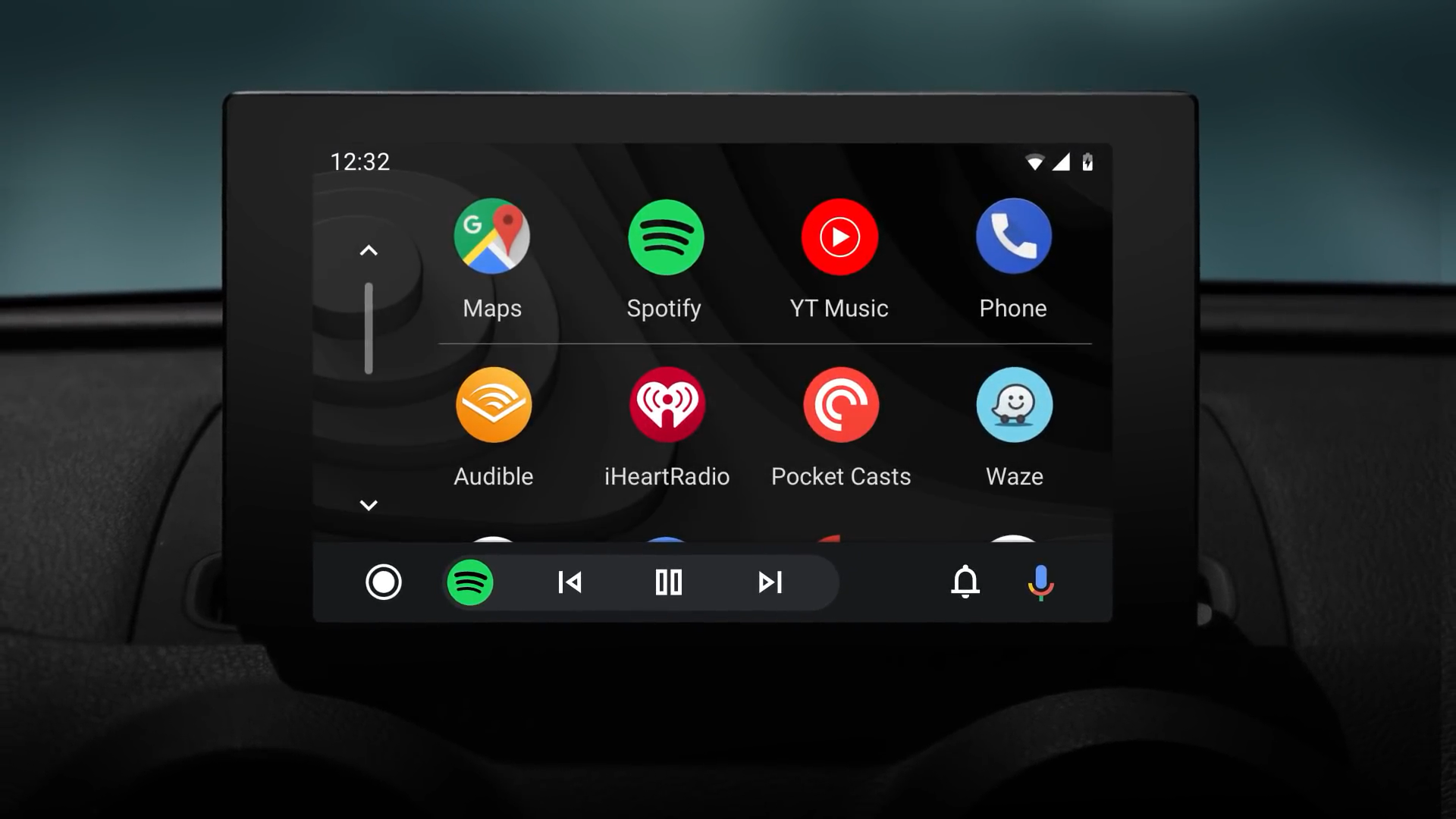Summary
- Car manufacturers focus on improving infotainment interfaces, with EVs offering better experiences.
- Lucid Motors adds Android Auto support to its Lucid Air sedan via an OTA update, joining Apple CarPlay.
- Android Auto and Apple CarPlay enhance car infotainment systems with smartphone-like interfaces and apps.
With software becoming an increasingly important aspect of vehicle ownership, it’s no surprise that an increasing number of car manufacturers have increased their focus on improving the user experience of their infotainment interfaces. But just like smartphones, watches, and computers, the space is quite fragmented and there is no clear winner.
Most cars today, premium or mainstream, have terrible infotainment systems. But, electric vehicles have been bucking this trend. Since EVs usually rely on a lot more software processing, vehicle manufacturers generally go the extra mile to put together a more user-friendly and cohesive infotainment experience. While players like Tesla and Rivian offer proprietary operating systems, most others opt for a basic interface with support for Apple CarPlay or Android Auto, or both.
Better late than never
Lucid Motors confirmed today it will finally offer Android Auto support. This will happen via an OTA update come fall. The development was announced by the company’s new head of communications, Nick Twork, on X. The Lucid Air sedan is the California-based luxury electric car maker’s only product in the market for now, and it got support for Apple CarPlay in March of last year via a similar software update. The Lucid Gravity SUV is supposed to be available by the end of 2024, so it is likely to support both options at launch.
The Lucid Air is a premium, high-performance electric car, with the cheapest model starting at $70,000 and going all the way up to over $3,00,000. It has two screens on the dashboard: a 34-inch ultra-wide 5K “Glass Cockpit Display” for essential information and a retractable “Pilot Panel” for more granular controls. While that is undeniably a cool combo, the Android Auto interface is likely to be confined to one half of the primary screen.
For a vehicle this expensive, it’s disappointing that Android Auto functionality took so long to arrive. Not to justify it, but it could be because Lucid primarily sells to the premium subset of the North American market — a segment that is very likely to be iPhone users. But the company’s Reddit is littered with people asking for this functionality, with some users even going as far as creating their own hardware workarounds to get Android Auto.
Systems like Android Auto and Apple CarPlay transform the car’s infotainment system into a smartphone-like interface with a focus on voice commands. They also bring modified versions of apps for navigation, calling, texting, music control, etc., to make them safer to use while driving.







